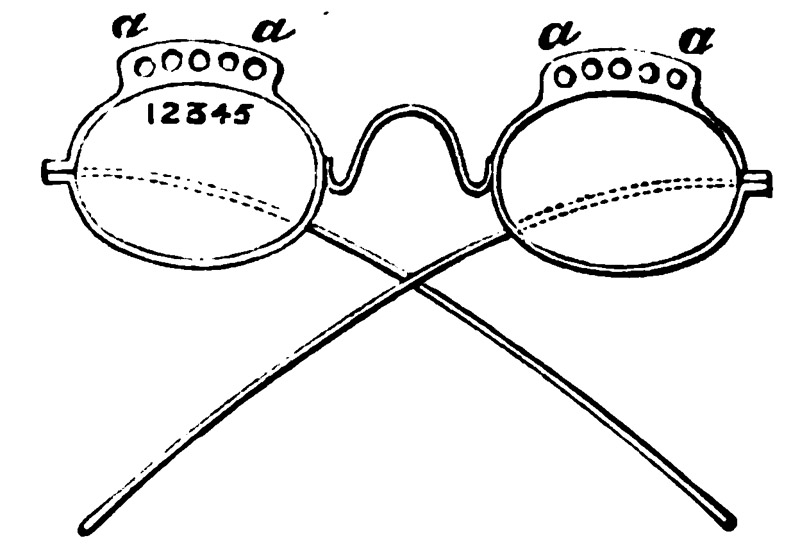
Figure 1. Diagram of Mason’s Micro-Photoscope, from The Photographic Times, 1884.
The “Micro-Photoscope”,
invented by Robert Galland-Mason, 1884
by Brian Stevenson
last updated January, 2013
Browsing through old publications frequently turns up curious inventions and discoveries of the past. Robert Galland-Mason invented what he called the “Micro-Photoscope”, which he patented in 1884. It was described in The Photographic News, Vol. 28, page 826, December 26, 1884, and in Scientific American, 474, page 7564, January 31, 1885. The following is the description published in The Photographic News. My assumption is that the eyeglass frames held Stanhope lenses, which would magnify the microphotographs when viewed up close. The technology appears not to have caught on, and I have not located any pictures of a surviving Micro-Photoscope. It was, though, a precursor to modern science fact and fiction of computer screens mounted on eyewear.

Figure 1.
Diagram of Mason’s Micro-Photoscope, from The
Photographic Times, 1884.
Patent Intelligence – Specifications published during the week.
Robert Galland-Mason, of Hambledon House, Promenade, Douglas, Isle of Man, Schoolmaster, for “An instrument to be called the micro-photoscope.” Dated 8th January, 1884
The micro-photoscope consists of a pair of spectacles, eye-glasses, or an eye-glass, with one or a number of micro-photographs arranged in or along the upper part of the rim or framework of the aforesaid spectacles, eyeglasses, or eye-glass, as represented by the annexed drawing.
The micro-photographs in or along the rims are arranged behind, and attached to suitable microscopic lenses; a a are the parts of the rims which contain the micro-photographs 1, 2, 3, 4, 5; and the wearer of one of these instruments (the "micro-photoscope ") will be able, by simply moving his eyes, to look through any one of the micro-photographs.
The micro-photoscope will be worn in the same manner as ordinary spectacles or eye-glasses.
The micro-photographs may be photographs of written or printed matter, maps, charts, views, landscapes, pictures, or any object or groups of objects from which a photograph can be taken.
Some of the uses to which the "micro-photoscope" could be applied are the following:
For a student: The series of micro-photographs in the rims of the spectacles might consist of copies of an epitomized grammar, history, geography, or any subject the student wished to study. Thus the subject he was studying would be constantly before his eyes for reference in his spare moments without the trouble of carrying books about with him.
A lecturer might have the heads of his lectures photographed, and placed in the rims of his spectacles; a lawyer, his briefs; a clergyman, his sermons; a bicyclist, tricyclist, or other tourist, maps, views, and plans of the country through which he travelled; a shopkeeper, a calendar, ready reckoner, and so forth; a timber merchant or builder, cubes, measurements, and rules; travellers on the Continent, list of foreign terms, names of articles, foreign money, tables, and so on; a correspondent, an abridged dictionary of technical or difficult words; a member of Parliament, facts and figures relating to the subject of his speech; a doctor, formulae; a public entertainer, recitations, songs, bon-mots, &c.; a musician, whole pieces of music; a detective, criminals wanted.